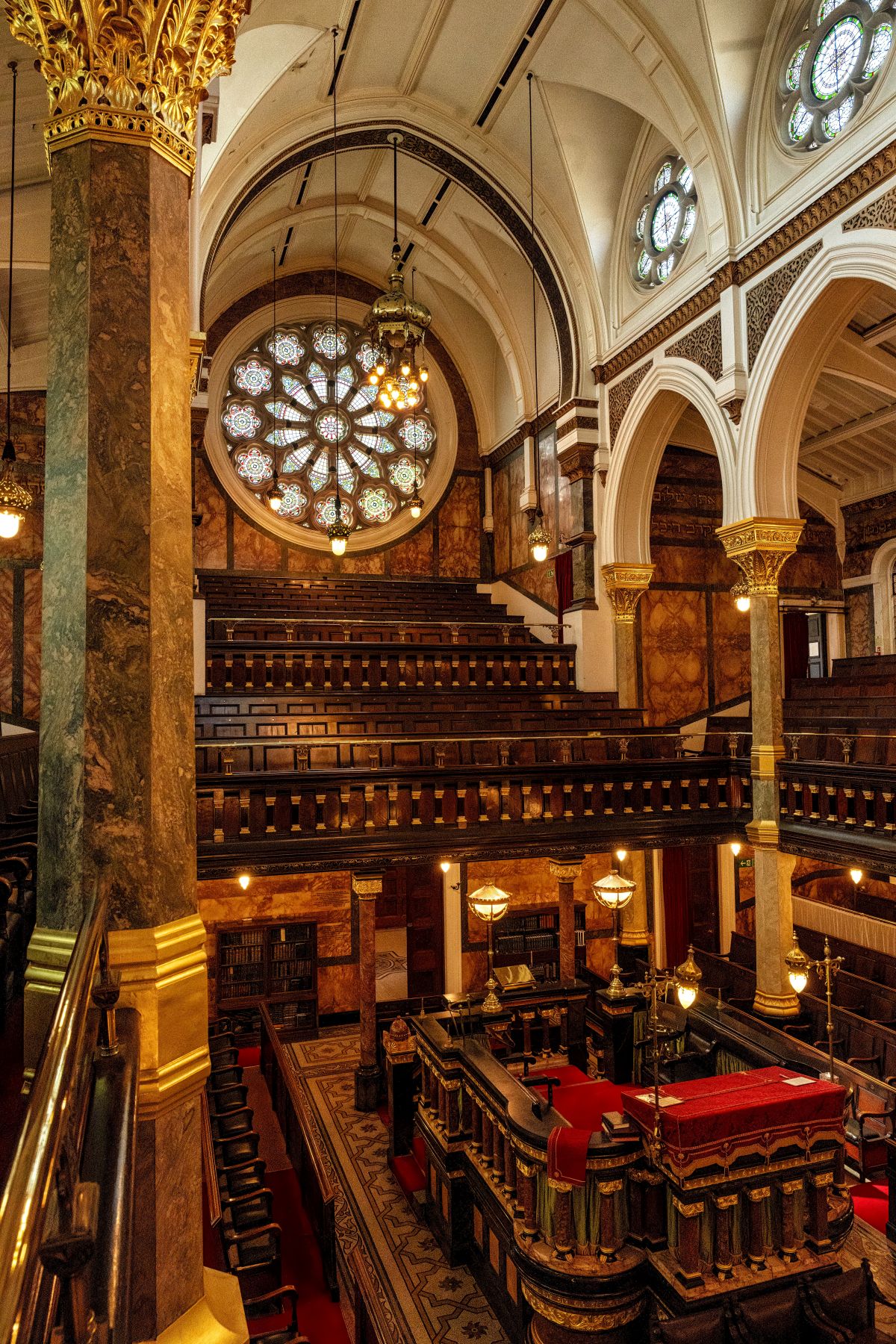
© Shutterstock
Location: London, UK
Belief: Judaism
Era: 1879 CE
Fazal Ahmad, London. UK
Near Kensington in Central London is the New West End Synagogue, a heritage site that plays a key role for the Jewish community in London, and is one of the oldest continuously used synagogues in the UK.
For decades, the Jewish community struggled to gain acceptance in the UK. When the first Jewish MP took his seat in the Houses of Parliament in 1858, the community finally felt accepted as part of mainstream British society. Many Jewish people were moving into the west end of London (west at that time, but London has grown hugely since then), and there was a growing need to have a local place of worship for them.
The foundation stone was laid on the 7th June 1877, by Leopold de Rothschild in the presence of the Chief Rabbi of the time, Dr Nathan Marcus Adler (who had been serving as the Chief Rabbi for the entire British Empire since 1845). Construction was rapid, and within a couple of years, the new synagogue was opened on the 30th March 1879.
The architect was George Audsley, who had previously designed the Princes Road Synagogue in Liverpool in the north of England, but was more famous for the design of many Protestant Churches in England. The style of the structure borrowed from Andalusia in Spain, where the Muslims, Christians and Jews had coexisted for centuries to create a stunning architectural style using arches and stone motifs. Two square turrets at the front rise to a height of over 28 metres.
The first preacher or minister in the Synagogue, Simeon Singer, was very skilful in preaching and was popular among his congregation. In the years to come, with limited capacity within the synagogue, there was a waiting list to attend services. Through the Second World War, when London faced bombing during the Blitz, the timings of religious services had to be more flexible to bear in mind the availability and safety of worshippers and those leading the prayers.
In the early years, gas lamps illuminated the interior for worshippers, but in the years to follow, marble features were added, and then electric lighting was introduced. Texts from Psalms were inscribed on the walls covering themes such as worship, duty, and love. In 1937, a large stained-glass window covering aspects of Jewish daily life was added above the Ark.
Today, the synagogue is a focal point for communal worship as well as family religious rites.
References:
“Our History,” New West End. https://www.newwestend.org.uk/index.php/history/
E. Levy, Speech on the History of the New West End Synagogue – 1879-2004.
